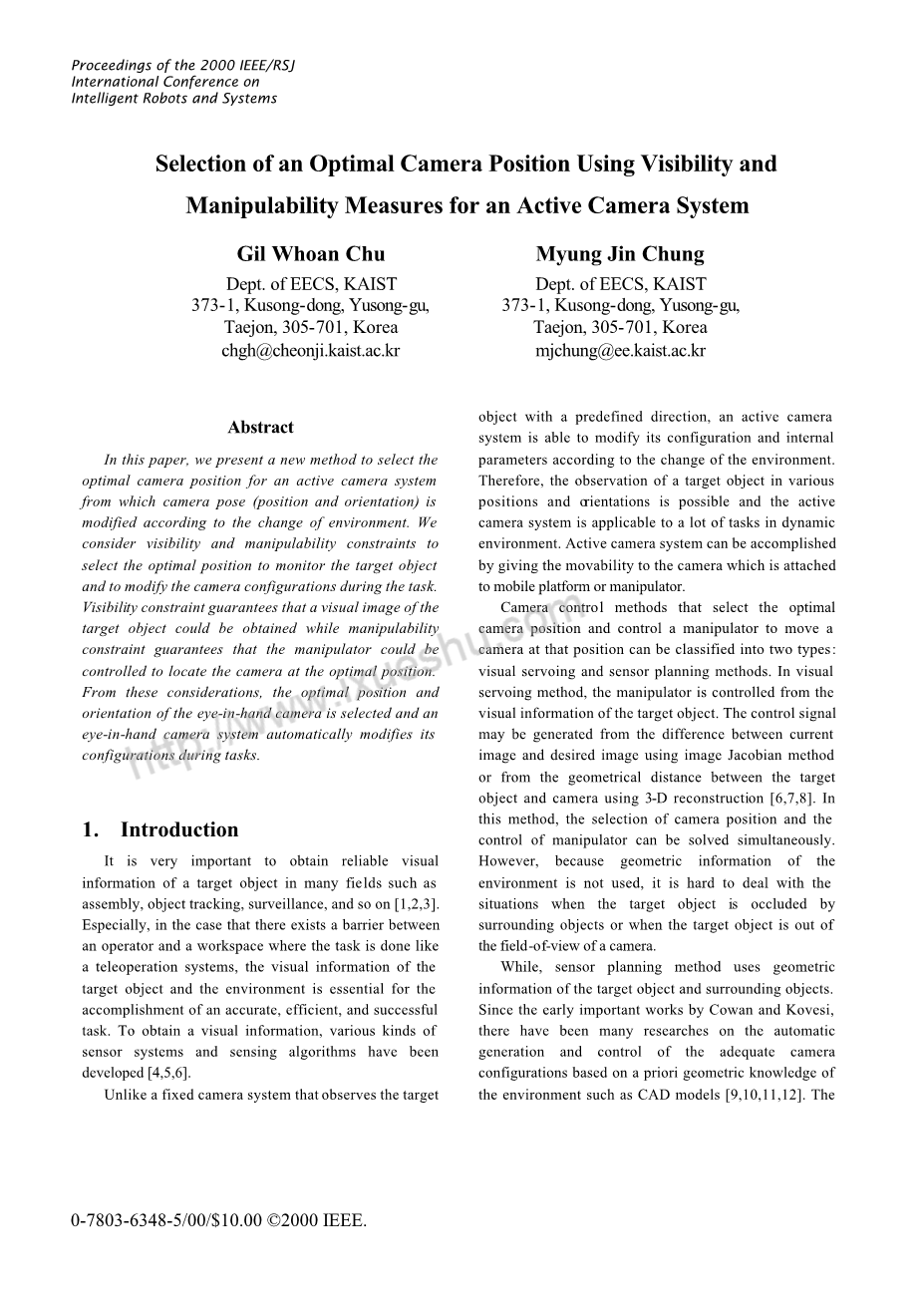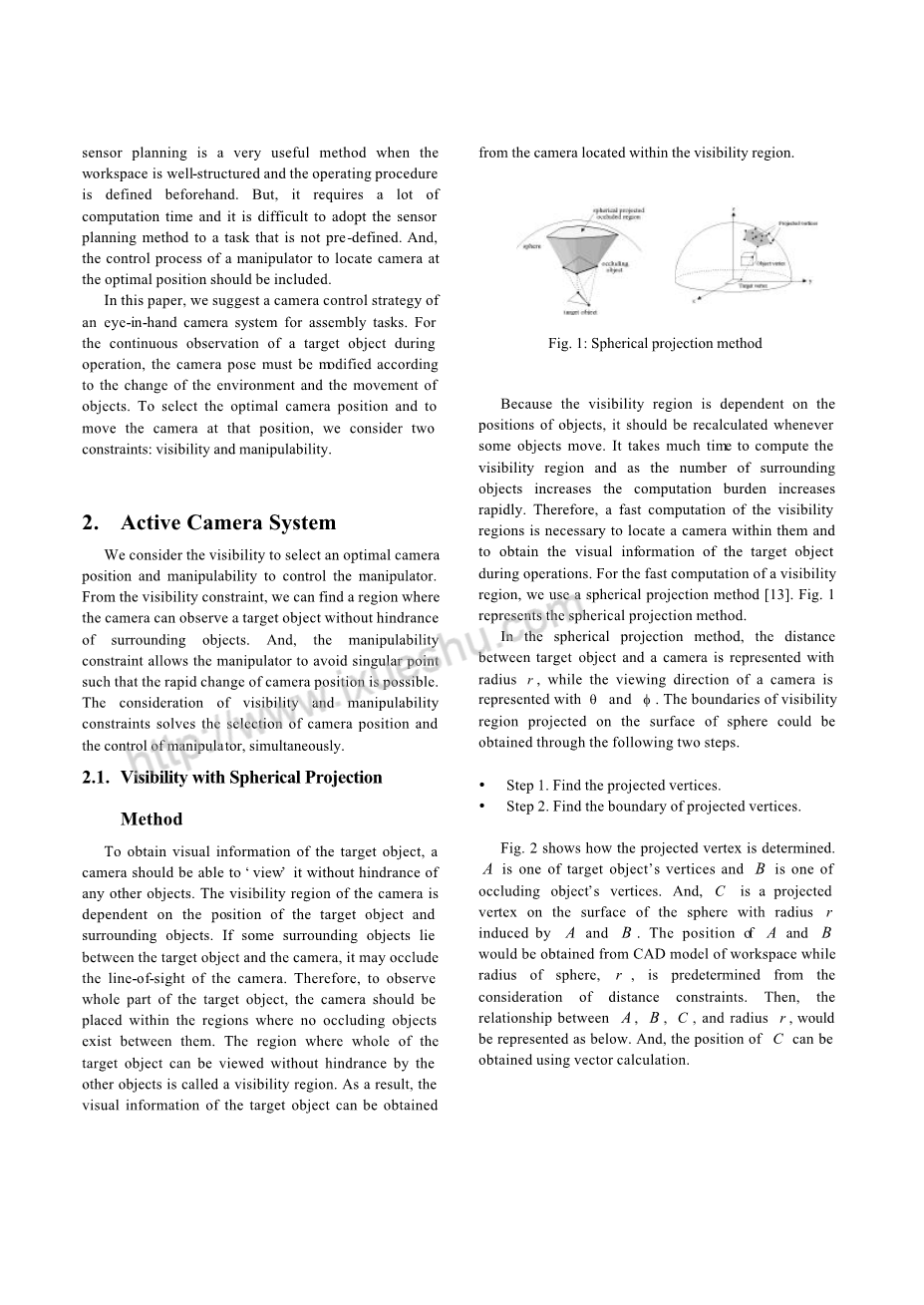

英语原文共 7 页,剩余内容已隐藏,支付完成后下载完整资料
Still, this is not to suggest that there cannot be documentaries about nature and wildlife, but rather that distinctions should be carefully drawn if our definitions and categories are to have any meaning, and if the ethical responsibilities of filmmakers are going to continue to undergo refinement. In fact, there have for decades been films about wildlife that can rightly be classified as documentaries. Many of these might well fit into the emerging sub-category of 'television science documentary' (Silverstone, 1984). Others are clearly Grjersonian in their orientation toward social amelioration; indeed, many, if not most, of the films and videos produced by environmental advocacy organizations such as the Cousteau Society, the Audubon Society, the Wilderness Society, the National Wildlife Federation, and others clearly fit the Griersonian model. For although these are filled with images of nature and wildlife, what most of them are really about is the relationship human beings have to the natural world, or their impact upon it, and thus about issues of political, economic, and social change, specifically environmental policy re- form, natural resource conservation, and building sustainable societies in closer harmony with nature.
尽管如此,这并不是说不能有关于自然和野生动物的纪录片,而是应该谨慎地画出,如果我们的定义和类别具有任何意义,并且电影制片人的伦理责任将继续得到改善,那么我们就应该谨慎地画出这些纪录片。事实上,几十年来,关于野生动物的电影都可以被归类为纪录片。其中许多可能与“电视科学纪录片”(1984年的银石)这一新兴的子范畴相吻合。另一些人则明显倾向于社会改良;事实上,许多,如果不是大多数的,由环境倡导组织,如Cousteau Society, Audubon Society,荒野协会,国家野生动物联合会,和其他的许多电影和视频,显然符合grierson的模式。尽管这些充满了大自然和野生动物的图片,它们中的大多数都是真正的是人类与自然世界的关系,或其影响,因此问题的政治、经济、和社会变革,特别是环境政策重新形式,自然资源保护,建立更紧密的与自然和谐的可持续
的社会。
The British tradition of natural history film has come closer to fulfilling Mareys dream of 'animated zoology' and has generally remained closer to the idea of 'nature documentary' than to wildlife film per se. There has tended, for example, to be more emphasis on research and scientific inquiry a la Kearton than on entertaining narrative; more attention to the revealing close-up than to the action-packed long-shot-although, again, these are anything but absolute rules. David Attenborough has suggested it should be no surprise that a natural history film industry of this sort should have taken root in Britain, given the British passion for observing details of the natural world, which leads the richest and the poorest, the humblest and the noblest, to stand for hours up to their waists in chilling salt marshes watching waterfowl, [or] to tramp for miles across bleak moorlands just to glimpse a rare flower in bloom (quoted in Parsons, 1982, p. 7)”
英国自然历史电影的传统更接近实现Marey的“动画动物学”的梦想,而且通常更接近于“自然纪录片”的理念,而不是“野生动物电影”本身。例如,人们倾向于更注重研究和科学探究,而不是娱乐性的叙述;更多的是对特写镜头的关注,而不是动作密集的长镜头——尽管,这些都不是绝对的规则。大卫·阿滕伯勒建议应该不足为奇自然历史这类电影产业应该扎根在英国,因为英国热衷于观察自然世界的细节,导致最富有和最贫穷,最卑微的,高贵的,站了几个小时到腰的盐沼看水鸟,[或]流浪汉数英里穿过荒凉的荒野来看到一个罕见的花盛开(引用在帕森斯,1982年,p . 7)”
At the most fundamental level, wildlife films reflect these differences in the unusual (from a documentary standpoint) approaches they take to such practical matters as:
camera placement-many wildlife shots are routinely obtained through concealment that might otherwise be seen as unethical;
camera-to-subject distance-wild animals are often unapproachable, even at considerable distances;
choice of lenses-wildlife filmmakers use long tellephoto lenses regularly, often resulting in close-ups that give viewers an illusion of close proximity to the subject;
artificial lighting-thought by many to provoke unnatural behavior in night shooting;
the utility of sync-sound-most wildlife footage is shot silent with either wild sound or foley effects added later;
the selection of which actions to show and which to exclude.
在最基本的层面上,野生动物电影反映了这些不同寻常的(从纪录片的角度来看)他们对这些实际问题采取的方法:
摄像机记录——许多野生动物的照片都是通过隐藏的方式获得的,否则可能被认为是不道德的;
即使在相当长的距离内,摄影对主题的距离野生动物也往往是不可接近的;
对镜头的选择——野生动物摄制者经常使用长时间的电视镜头,常常导致特写镜头,给观众一种接近主题的错觉;
人工照明——许多人在夜间拍摄时引发不自然的行为;
大多数野生动物的镜头都是无声的,要么是狂野的声音,要么是后来添加的福利效果;
选择要显示的操作和要排除的操作。
剩余内容已隐藏,支付完成后下载完整资料
资料编号:[22291],资料为PDF文档或Word文档,PDF文档可免费转换为Word


